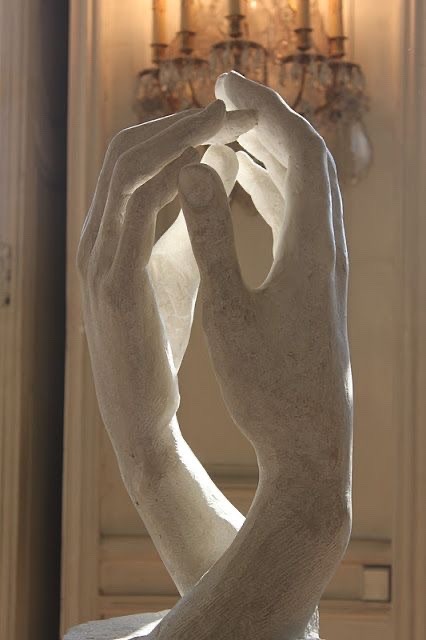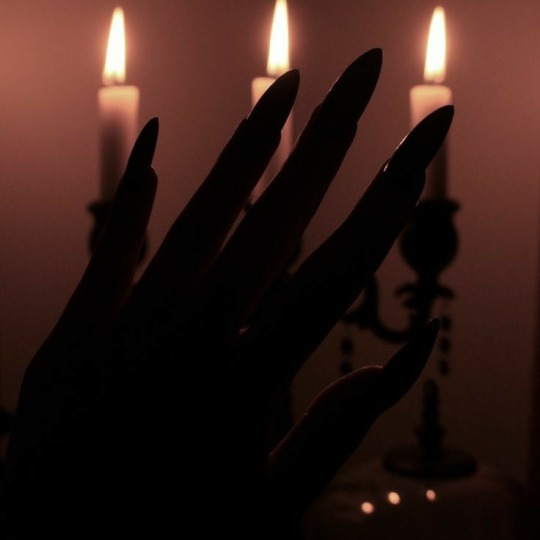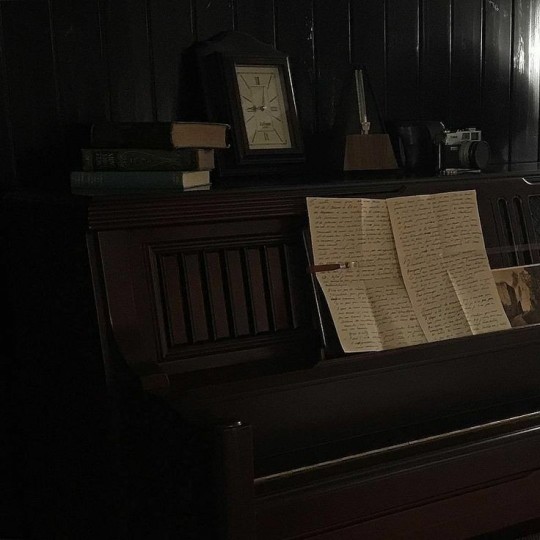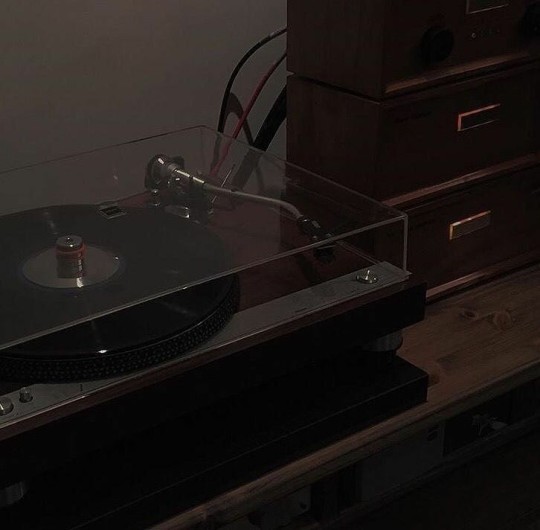Text


Yeah a boyfriend sounds nice but an archenemy you can make out with in secret sounds ravishingly pleasing.
18K notes
·
View notes
Text
After the thunderstorm we all become gay af. I like that.

After the thunderstorm🌈
11 notes
·
View notes
Text
I can motivate myself to learn an ancient language just for fun, but I can't motivate myself to workout...smh
#ancient languages#motivation#dark academia#darkest academia#light academia#classic academia#workout
22 notes
·
View notes
Text
To do list:
wash the dishes
do my homework
succumb to the darkness
Be the villain you were born to be. Stop waiting for someone to come along and corrupt you. Succumb to the darkness yourself.
841K notes
·
View notes
Text
nothing more romantic than you getting pinned to a bookshelf by your academic rival, both of you staring daggers at each other, restraint breaking, the book in your hand dropping with a thud as you both let impulse dominate instead of logic and reason,, love’s indeed a fallacy. checkmate.
5K notes
·
View notes
Text
“Me and you aren’t going to rule the world. But we sure as hell are going to change it.”
-ancientoptimism
46 notes
·
View notes
Text
Will you meet me at the café on the corner in the rain just so I can tell you about the plans I have for us?
90 notes
·
View notes
Text
"You told me to reach for the stars, yet you cursed Icarus for yearning for the sun."
9 notes
·
View notes
Text
What is your favourite dark academia song, album or songwriter??
I'm making a playlist, so I need your help, sweetie :)
#dark academia#darkest academia#classic academia#academia#light academia#music#music aesthetic#aesthetic#playlist
2 notes
·
View notes
Photo



Blessed Ludovica Albertoni (1674) - Gian Lorenzo Bernini (Italian, 1598 - 1680)
2K notes
·
View notes
Text
Yesterday I bought a book about elementary logic and scientific argumentation AND HOLY COW IT IS THE BEST THING I HAVE EVER READ.
I think that most of you might already know what I am talking about, but I could have never imagined that I can write a sentence using mathematical symbols...
WOW, that's what I call sexy maths
#logic#philosophy#philosophy of logic#mathematical logic#dark academia#darkest academia#light academia#classic academia
3 notes
·
View notes
Text
“Only the very naive are capable of thinking that the nature of man can be transformed into a purely logical one.”
—Nietzsche
279 notes
·
View notes
Quote
The point of philosophy is to start with something so simple as not to seem worth stating, and to end with something so paradoxical that no one will believe it.
Bertrand Russell, The Philosophy of Logical Atomism (via philosophybits)
2K notes
·
View notes
Note
Special characters pronunciation
Velkomin(n), vinur minn.(Welcome, my friend.)
As per your request, I will go into some detail about how to pronounce the following special characters in Old Norse: þ, ð, æ, œ, ø, ǫ, and ö.
If there are others that you would like to see discussed, please do not hesitate to let them be known.
þ (’thorn’) and ð (’eth’)
Both of these characters represent the English sound ‘th’ (a dental fricative), but ‘þ’ is unvoiced while ‘ð’ is voiced. When saying an ‘ð’, you should feel your vocal cords vibrating. Here are some English examples:
Þ, þ: thistle, cloth, thing
Ð, ð: bathe, clothe, they
In Old Norse, ‘þ’ can only appear at the beginning of a word (Þórr, þér, þing, etc.). There are, however, exceptions to this when considering compounds: Bergþórshváli = berg (rock face, geo.) + Þóra (a personal name, an gen. þórs) + hváll (hill). Yet, in this case, the proper name is actually Bergþóra (itself a compound), thus Bergthora’s Hill. Similarly, ‘ð’ never occurs at the beginning of a word, but rather in the middle or the end.
Here is a video by Dr. Jackson Crawford that may be helpful as well:
youtube
æ (’ash’)
This special character sounds like the ‘a’ in the English word ‘ash’ (this, of course, can change based on dialects). Here are some other English examples:
Æ, æ: ash, nap, trap, clash, cat
Although some of the English examples above contain a short ‘a’ sound, the vowel ‘æ’ is always long in Old Norse. See the video at the end of this post for an audio example (6:12).
œ and ø
These special characters have a bit of a special relationship with one another (as well as with the special characters below).
‘ø’ is very much like the sound of ‘e’ in the English word ‘pet’, except with rounded lips. Another way to explain this special character is that it is somewhat a combination of two sounds: ‘e’ and ‘o’. Thus, it is the ‘e’ sound in ‘pet’ with the rounded lips of an ‘o’. This sound should be made towards the front of your mouth. It takes a bit of practice, but you should be able to feel the front ‘pinched’ a bit, and your throat should open up a bit more. See the video at the end of this post for an audio example (6:36).
Ø, ø: the ‘e’ in ‘pet’ with the rounded lips of an ‘o’
‘œ’ is essentially a long version of the ‘ø’ above. In certain manuscripts it is actually written as ‘ǿ’. Like most other accented vowels in Old Norse, this just lengthens the shorter sound. So, with that having been said: œ = ǿ = a long ‘ø’ = e+o. See the video at the end of this post for an audio example (7:45).
Œ, œ: ǿ
ǫ and ö
‘ǫ’ is essentially a shorter ‘á’ sound, which we have not discussed here. Nonetheless, it should sound something like this:
Ǫ, ǫ: the ‘au’ sound in ‘caught’, but with rounded lips and shorter than the ‘á’ (which is the same sound, but longer).
This is another difficult sound to get used to, but with practice it can be done. It is very similar to the ‘ø’ above, but instead of being a combination of the sounds ‘e’ and ‘o’, it is a combination of the sounds ‘a’ and ‘o’. Instead of being a front sound, it is more of a back sound (a more open throat and a less closed mouth). See the video at the end of this post for an audio example (8:08).
By the thirteenth century, ‘ǫ’ had begun to merge with ‘ø’, producing ‘ö’. This sound was also represented by ‘au’, ‘ꜹ’, and even ‘ø’. It is not the same sound as ‘ǫ’, but it is fairly similar. The difference is that ‘ö’ is a front sound, whereas ‘ǫ’ was more of a back sound.
Ö, ö: similar to ‘ǫ’, but more like the ‘u’ in ‘cut’ with rounded lips.
‘ö’ is more commonly used for modern Icelandic, but some scholars use ‘ö’ to represent the Old Norse ‘ǫ’ (such as Jesse L. Byock). There is debate around this, but it really depends on the time period of the text being looked at, as well as the orthography associated with it. Dr. Jackson Crawford notes that ‘ǫ’ is the standard for Old Norse. Go to 8:38 of this video for some audio examples from Dr. Jackson Crawford:
youtube
Here is another video by Dr. Jackson Crawford that may be helpful for better understanding these characters and their pronunciations. Go to the timestamps mentioned above for the pronunciation of æ (6:12), ø (6:36), œ (7:45), and ǫ (8:08) in particular.
[His video has been deleted, it seems. I will revise this post in the near future with updated videos and resources – my apologies for the inconvenience this may cause in the meantime]
SOURCES:
As always, here are the sources that I have used (other than Dr. Jackson Crawford’s wonderful YouTube channel) in the making of this post:
1. Jesse L. Byock, Viking Language 1: Learn Old Norse, Runes, and Icelandic Sagas. (Pacific Palisades, CA: Jules William Press, 2013), 330-331.
2. Guðvarður Már Gunnlaugsson, “Manuscripts and Paleography,” in A Companion to Old Norse-Icelandic Literature and Culture, edited by Rory McTurk. (Malden, MA: Blackwell Publishing, 2007), 258.
DISCLAIMER (I am also not much of a linguist, so I may have explained a few characters incorrectly; corrections may be made in the future.)
647 notes
·
View notes










